The streaming landscape seemed relatively stable until October 31st rolled around, and suddenly, millions of YouTube TV subscribers found themselves staring at blank screens where ESPN and ABC used to be. This wasn't just another minor hiccup in the cord-cutting revolution. It was a full-scale blackout, the kind that shows how the business side of streaming can crash right into your weekend plans.
Here's the bottom line: when streaming giants and media conglomerates cannot agree on money, viewers take the hit. The Disney-YouTube TV standoff is not just about missing channels; it is a peek at the messy economics of modern streaming, where traditional media companies and digital platforms are locked in a fight over who holds the real power.
The history does not stop with YouTube TV. In 2024, ESPN and other Disney nets went dark on DirecTV for nearly two weeks before they reached a new deal, while in December 2021, Disney and Google reached a carriage renewal after a two-day blackout. Disney has a track record of using blackouts as leverage, accepting short-term anger to lock in long-term pricing.
And YouTube TV has other fires to put out. YouTube TV dropped Univision and other TelevisaUnivision-owned networks at the end of September after the two sides could not reach a new agreement. So the pressure is not just a Disney thing, but broader.
All of this reflects a structural tension in streaming. Unlike old-school cable lineups that stayed stable for years, streaming deals get renegotiated often, which keeps subscribers guessing. Both sides also have more fallback options than before, so they are more willing to risk going dark.
Where do we go from here?
How this gets resolved will set the tone for future negotiations, especially around the line between hard bargaining and anti-competitive behavior. YouTube has tried to soften the blow with a $20 credit to subscribers if Disney content remains unavailable for an extended period, though it has not said how long counts as extended.
Consumers stuck in the middle do have options, with caveats. Fans can still stream games through alternatives such as ESPN+, Hulu + Live TV, Fubo, or traditional cable providers carrying Disney channels. The catch, of course, is extra subscriptions, switching hassles, and the loss of that one-login simplicity that drew many to YouTube TV.
The bigger picture is not comforting. The blackout underscores growing tensions in the streaming industry, where disputes over carriage fees are increasingly impacting viewers' ability to access key content, especially during marquee live sports when engagement and loyalty are on the line.
Looking ahead, the calculus only gets trickier. Platforms and content owners must juggle competitive positioning, subscriber satisfaction, and sustainable pricing in a fragmented market that offers more choice and more headaches. The Disney-YouTube TV standoff feels like a test for whether streaming can move past the early promise of cord-cutting into a steadier model that still delivers better, cheaper, more flexible TV.
What's clear is that the simple pitch of streaming, more choice at lower cost with total flexibility, is colliding with the realities of licensing fees and market power. As these showdowns become more common and more public, viewers may have to reset expectations about stability and completeness, and accept that cord-cutting comes with its own quirks that were easy to miss when everyone was racing away from cable.







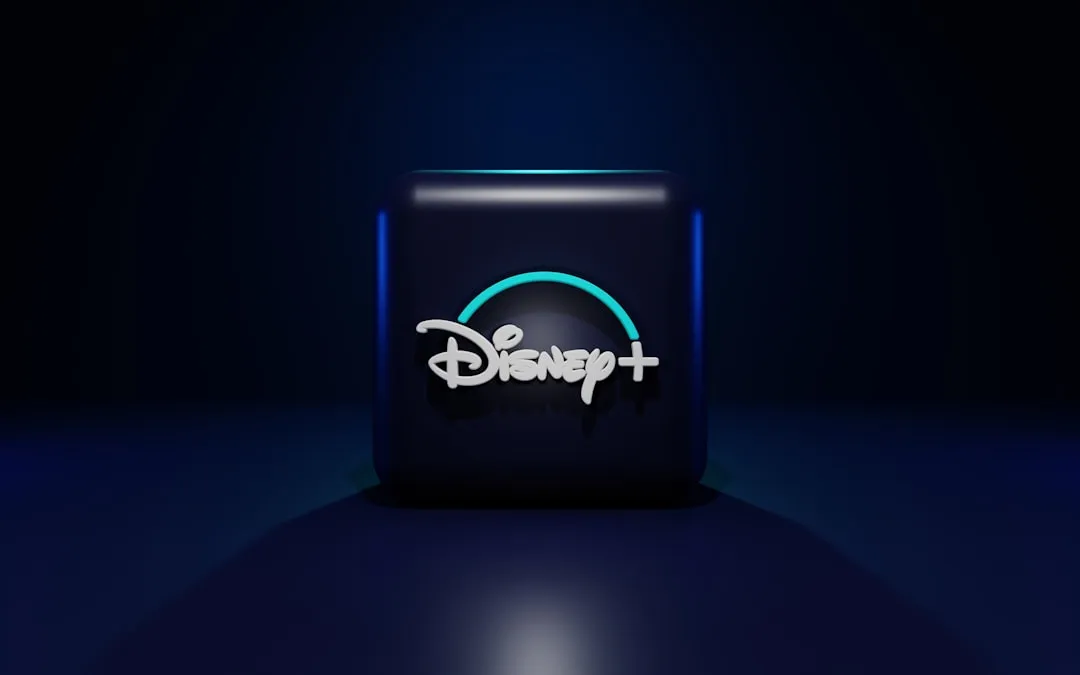
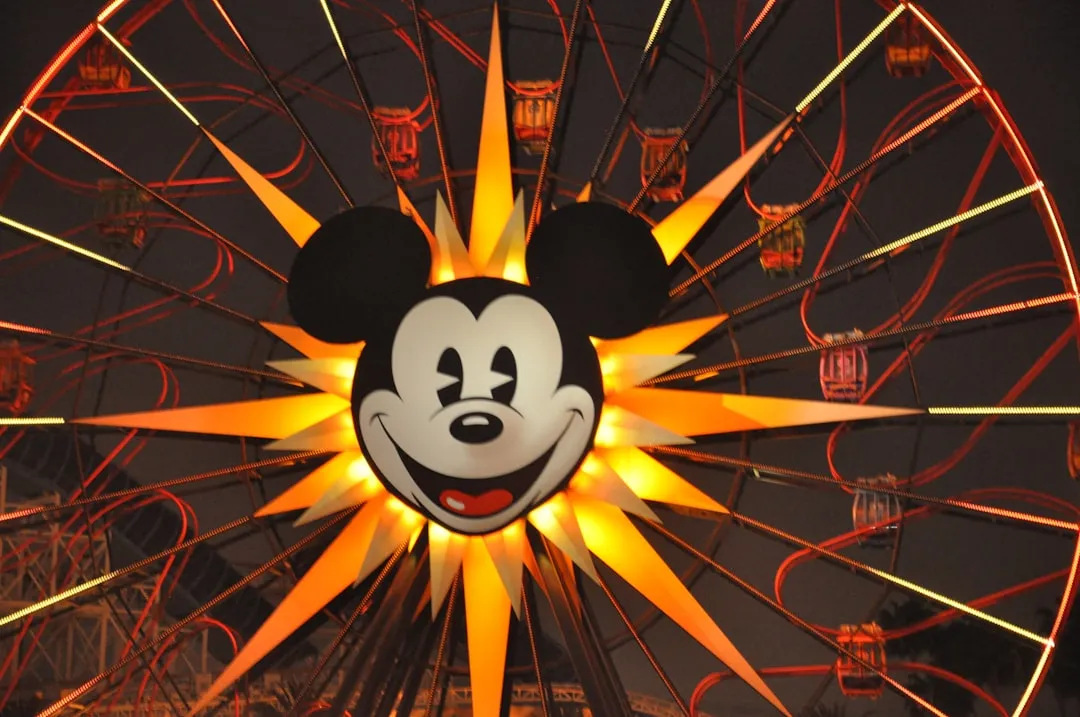
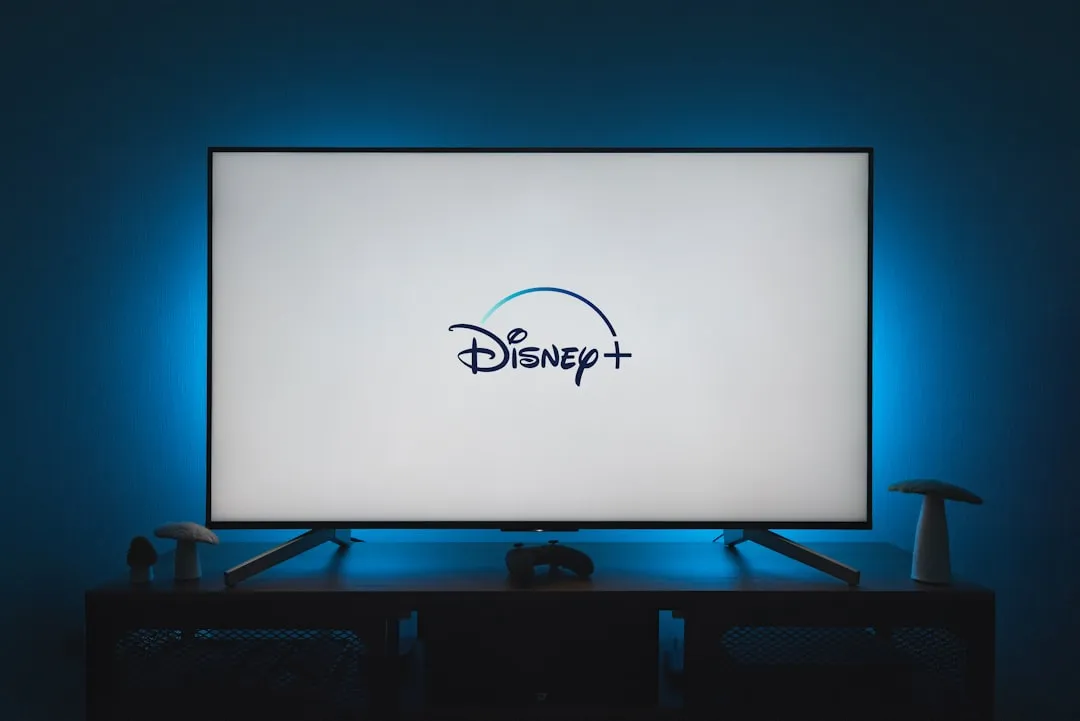
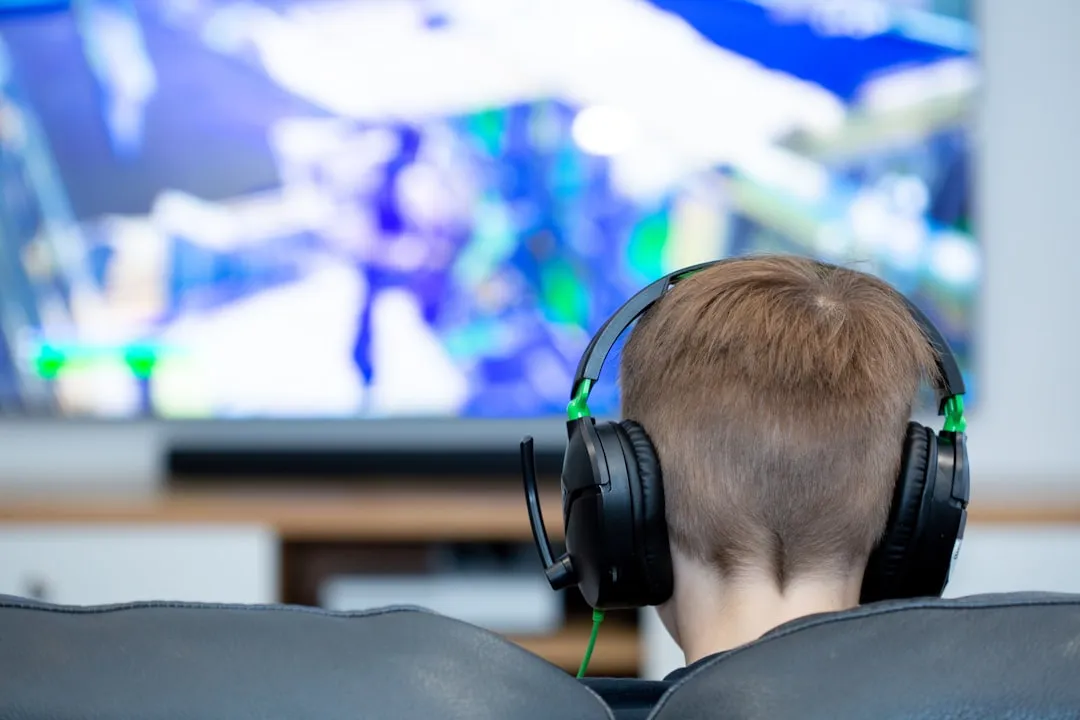

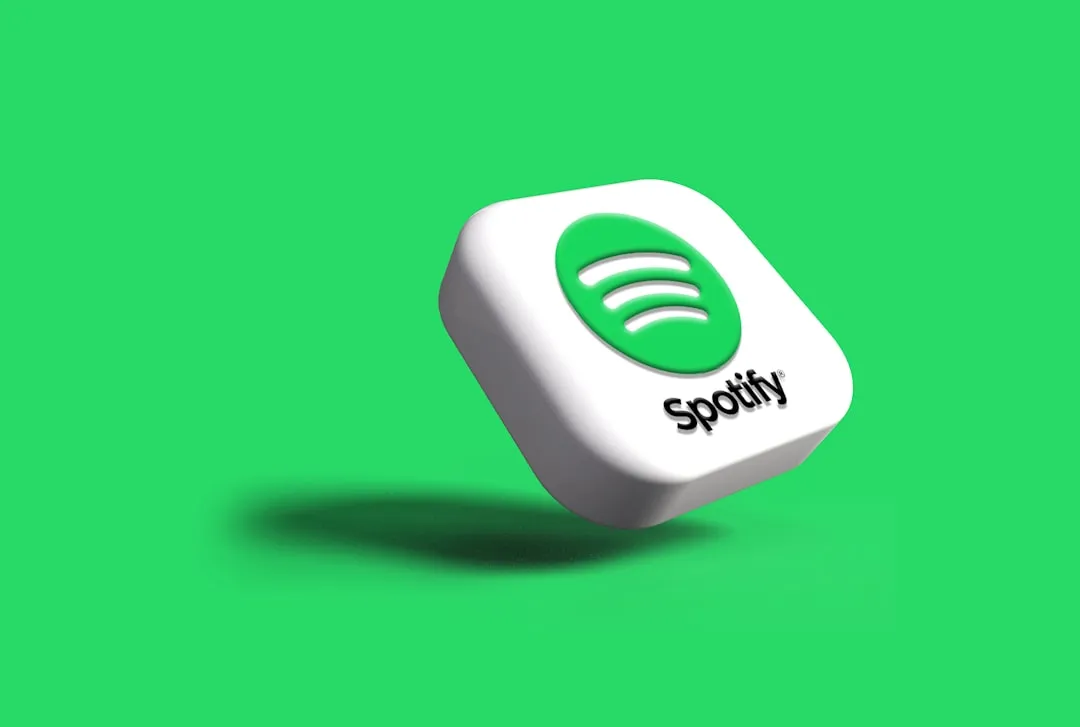
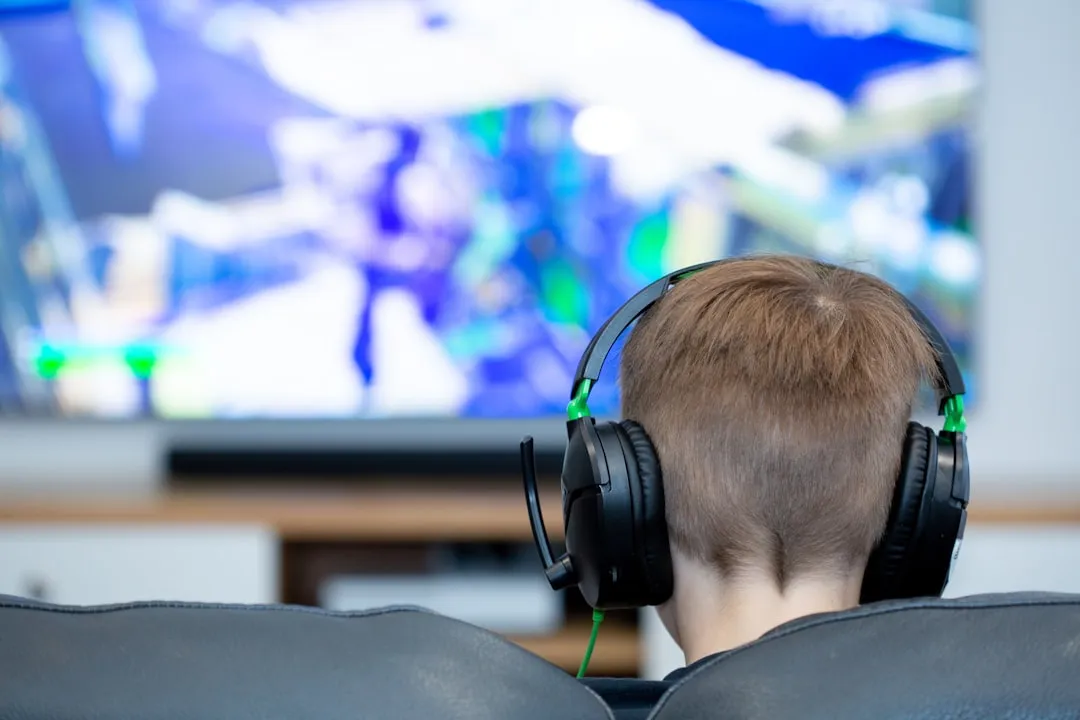
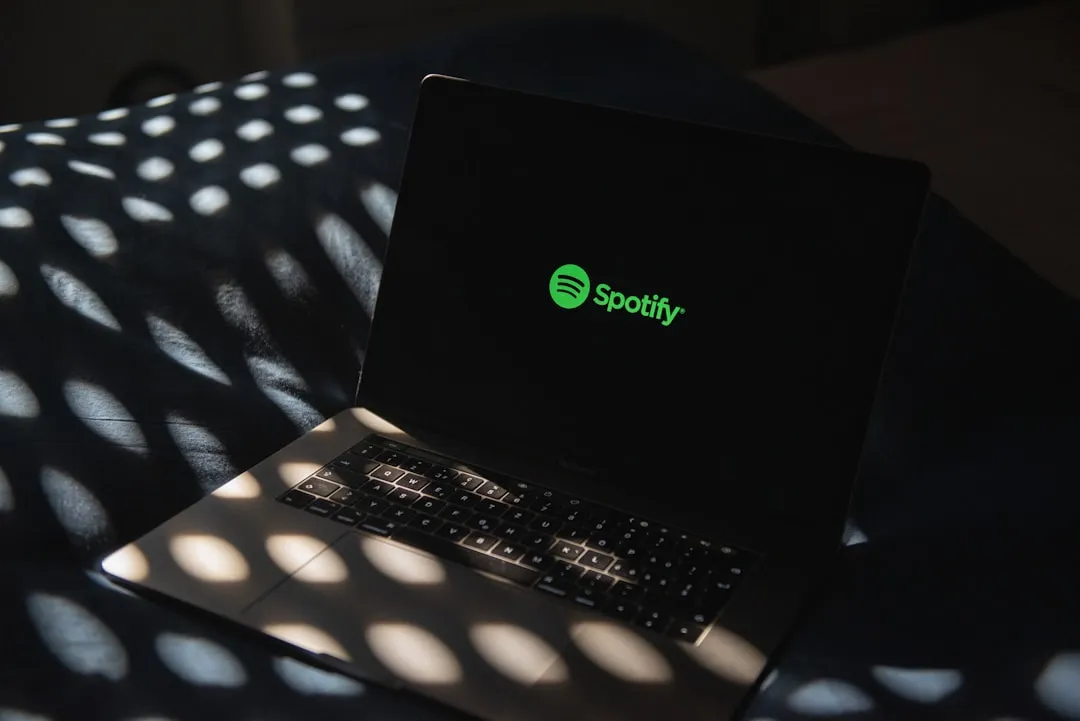

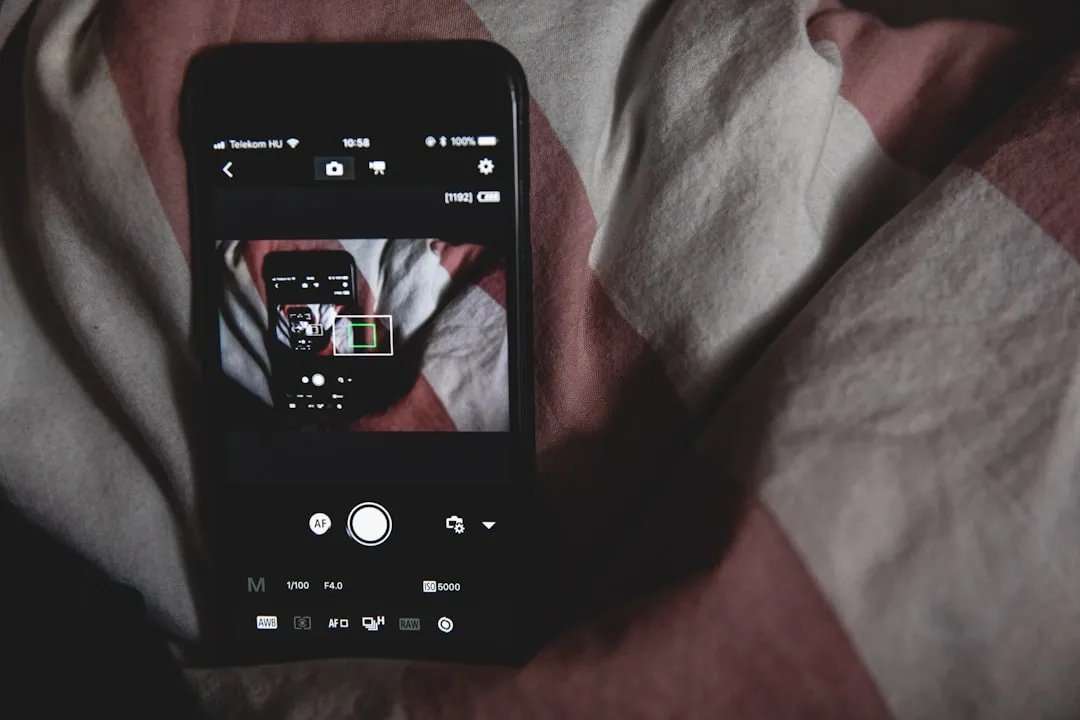
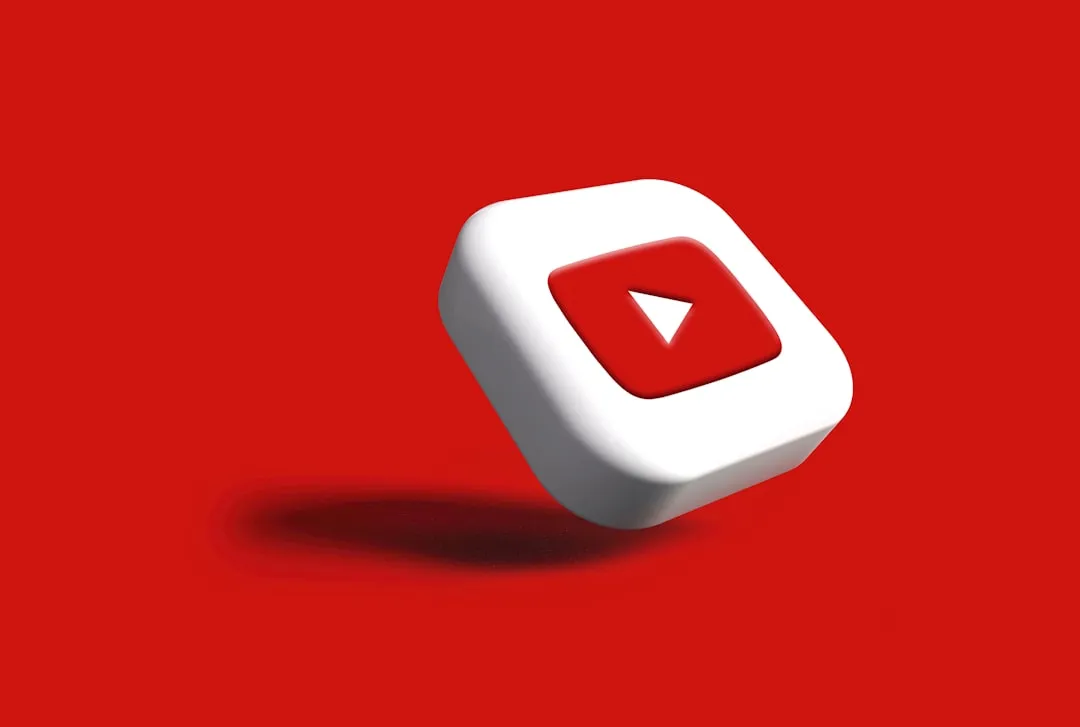
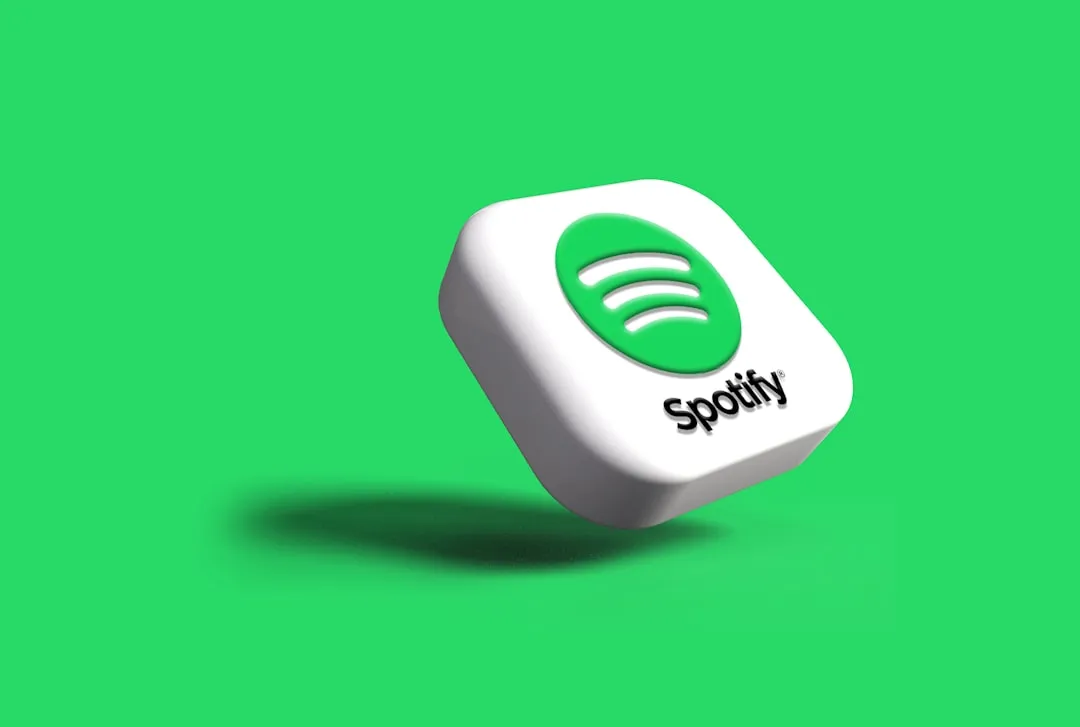
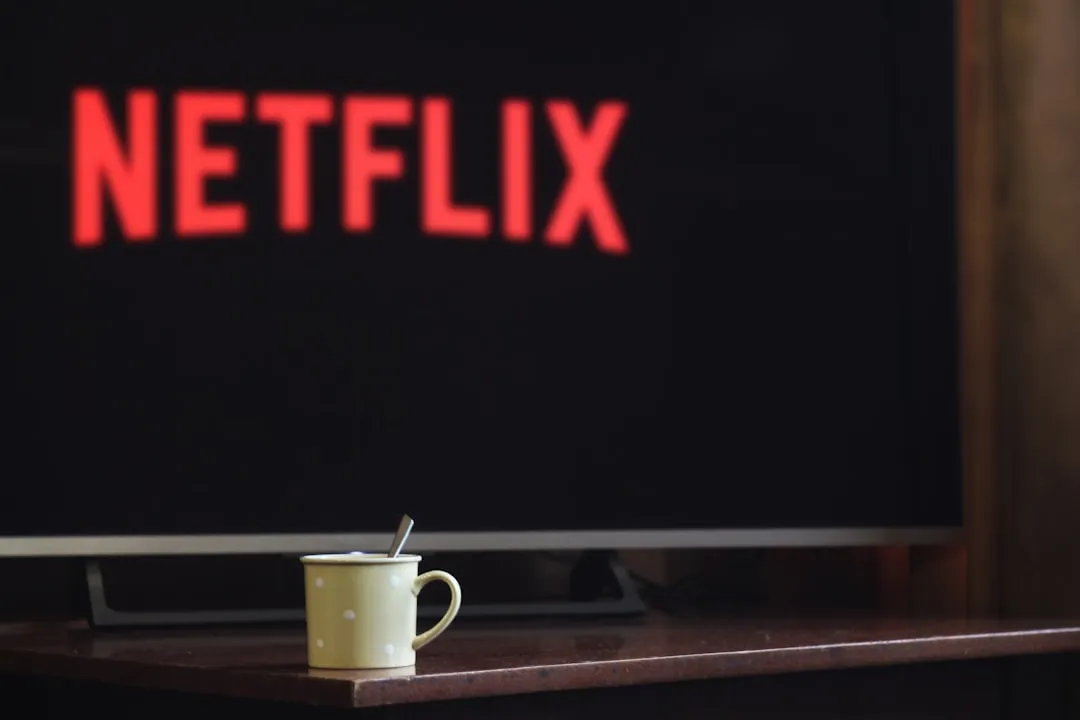
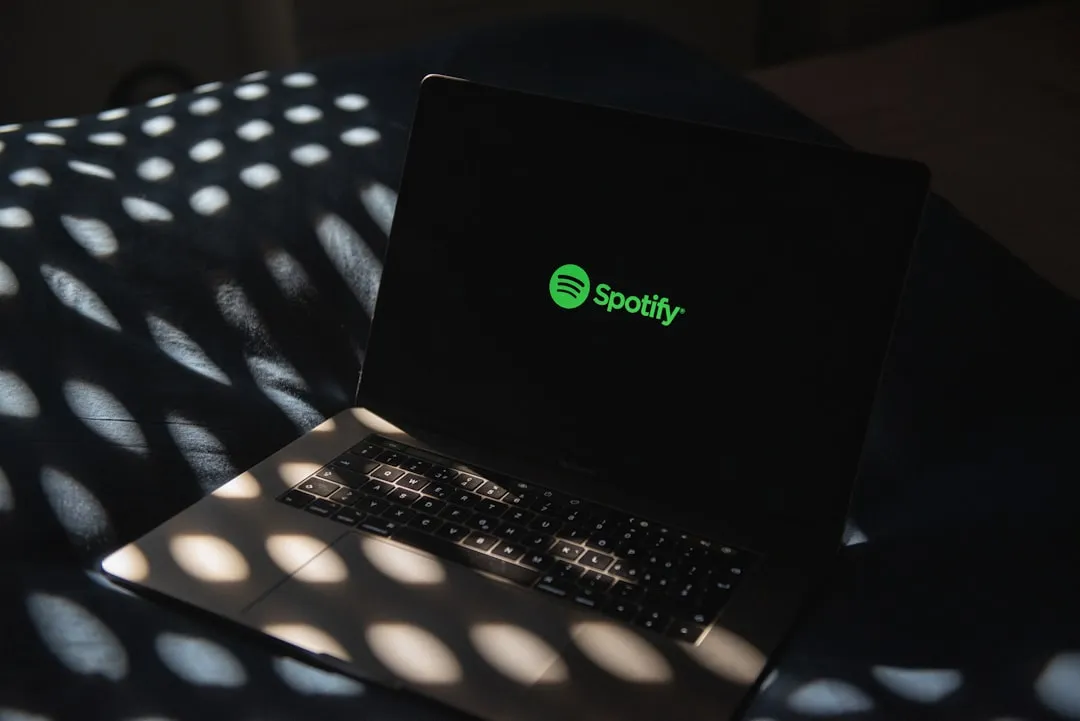
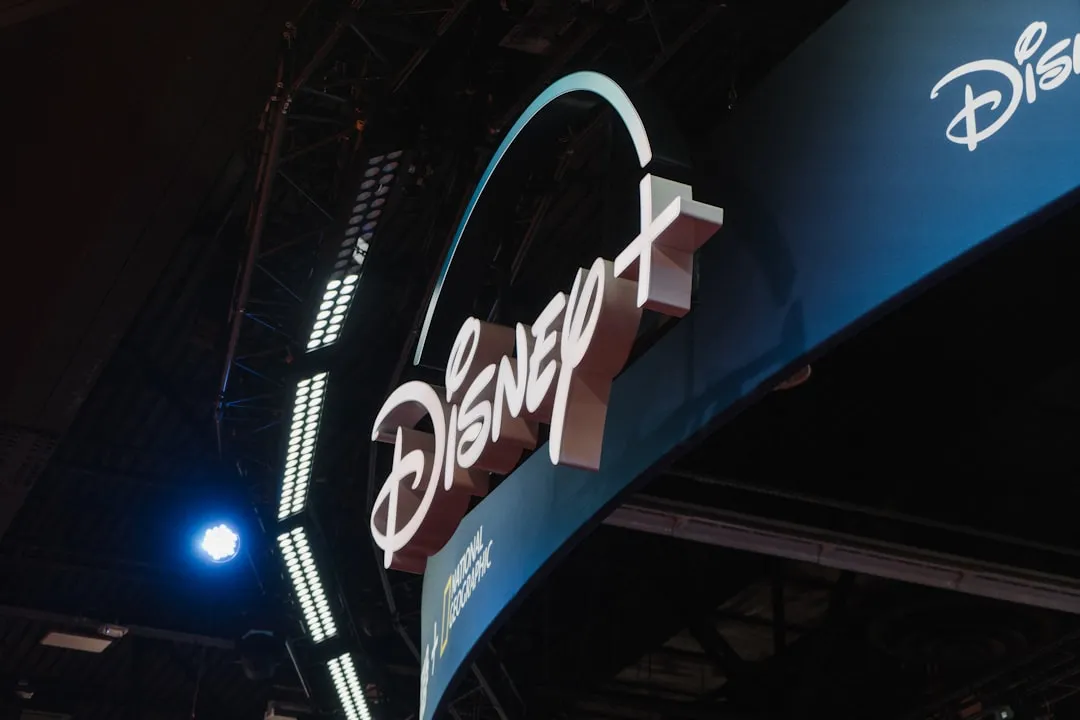
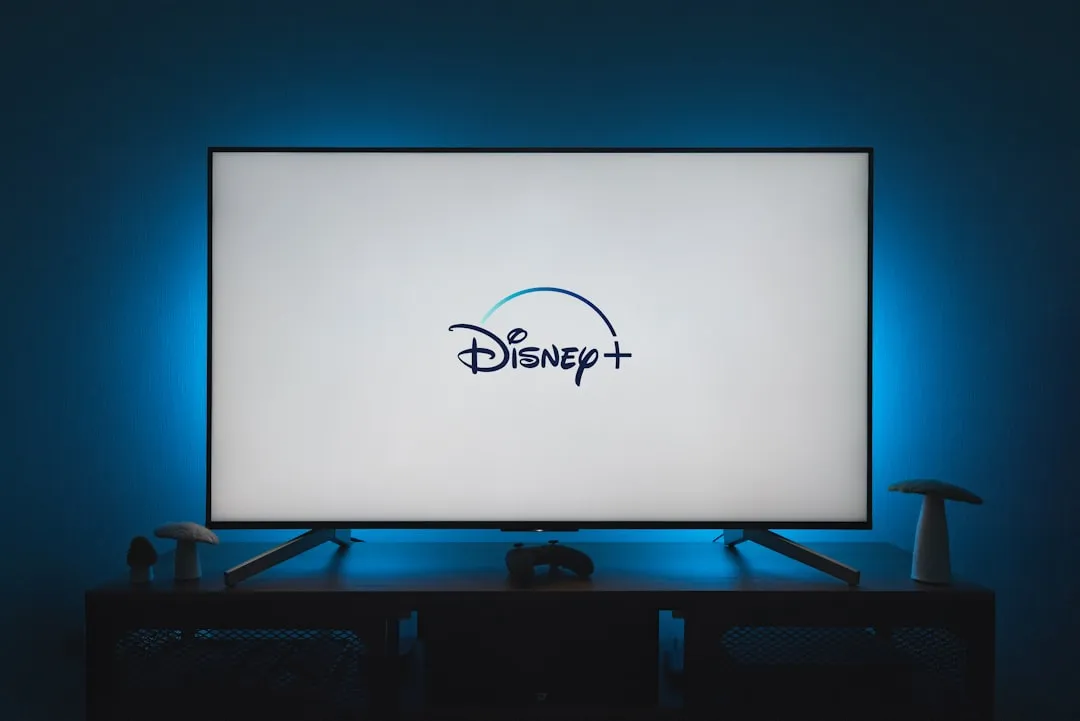
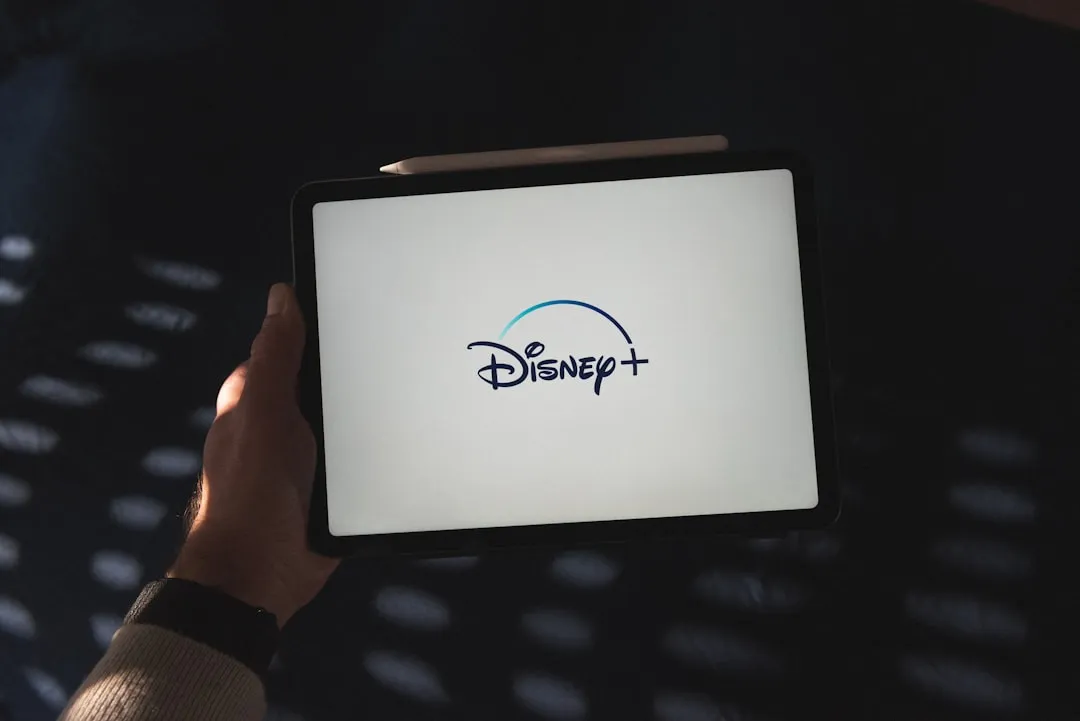
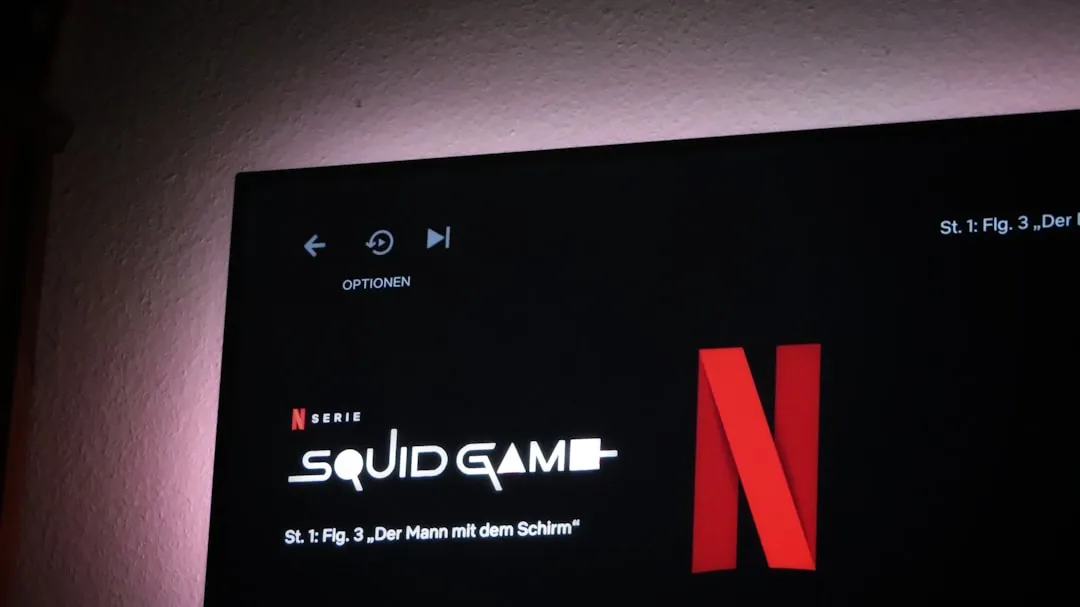
Comments
Be the first, drop a comment!